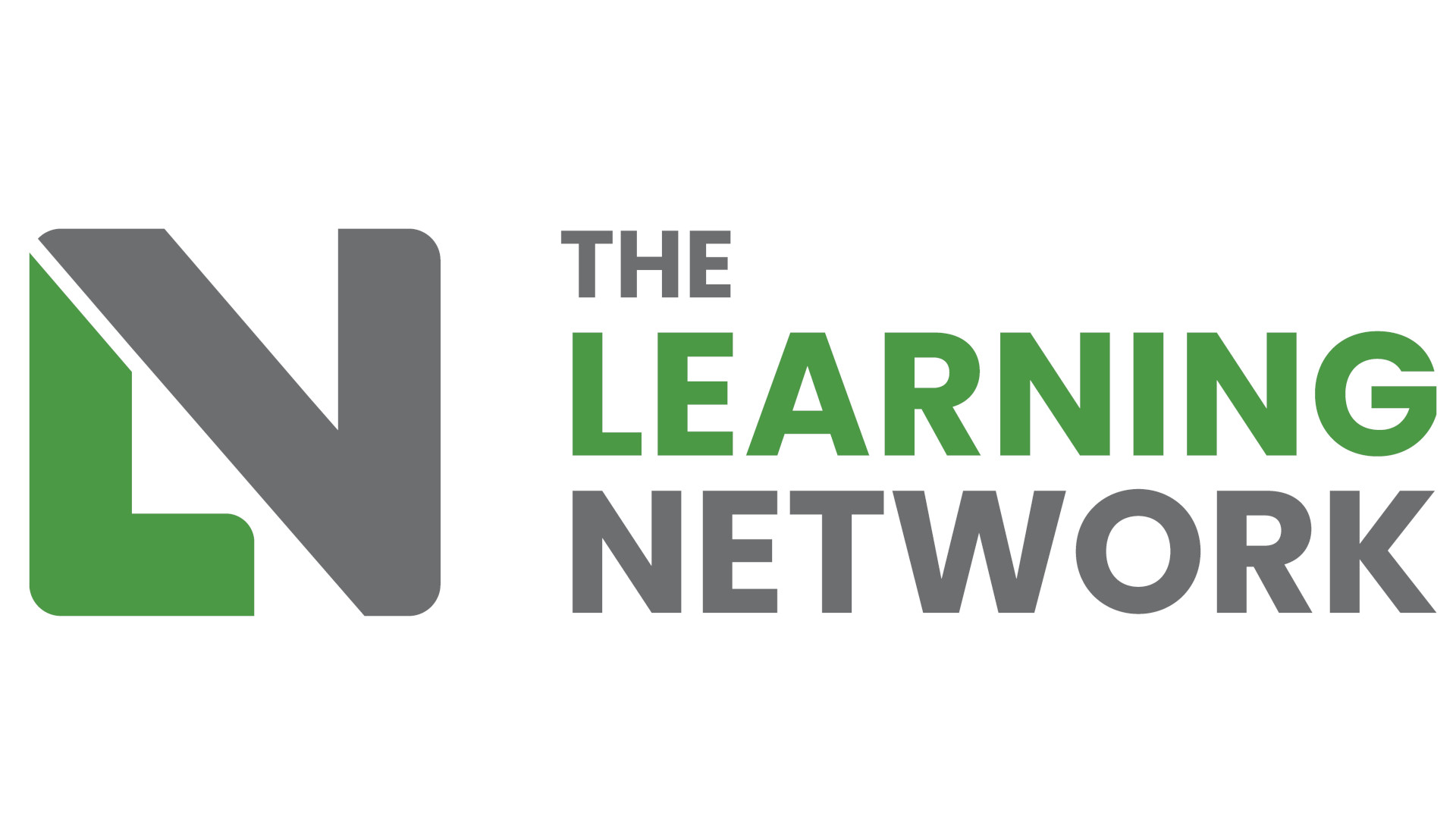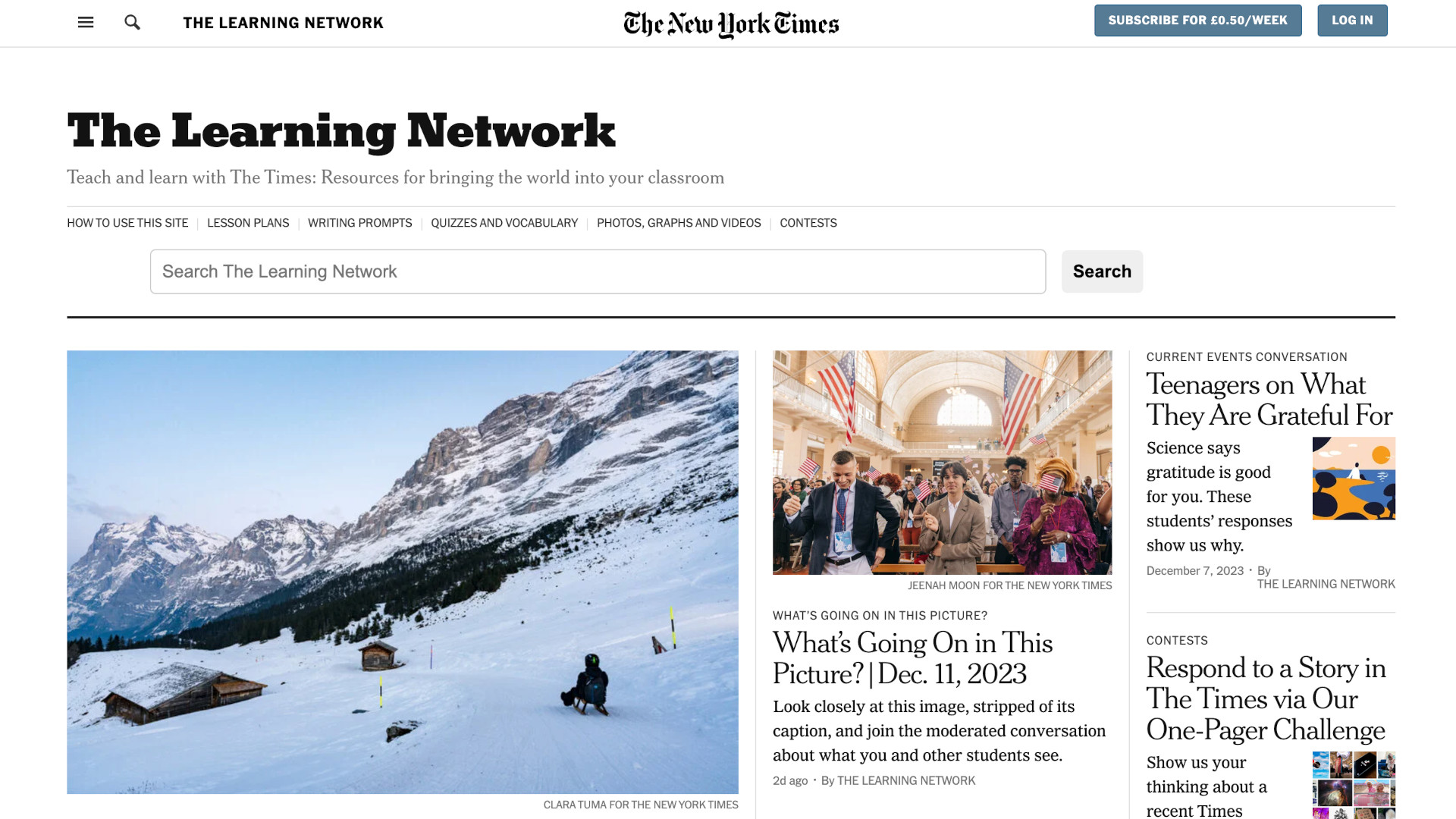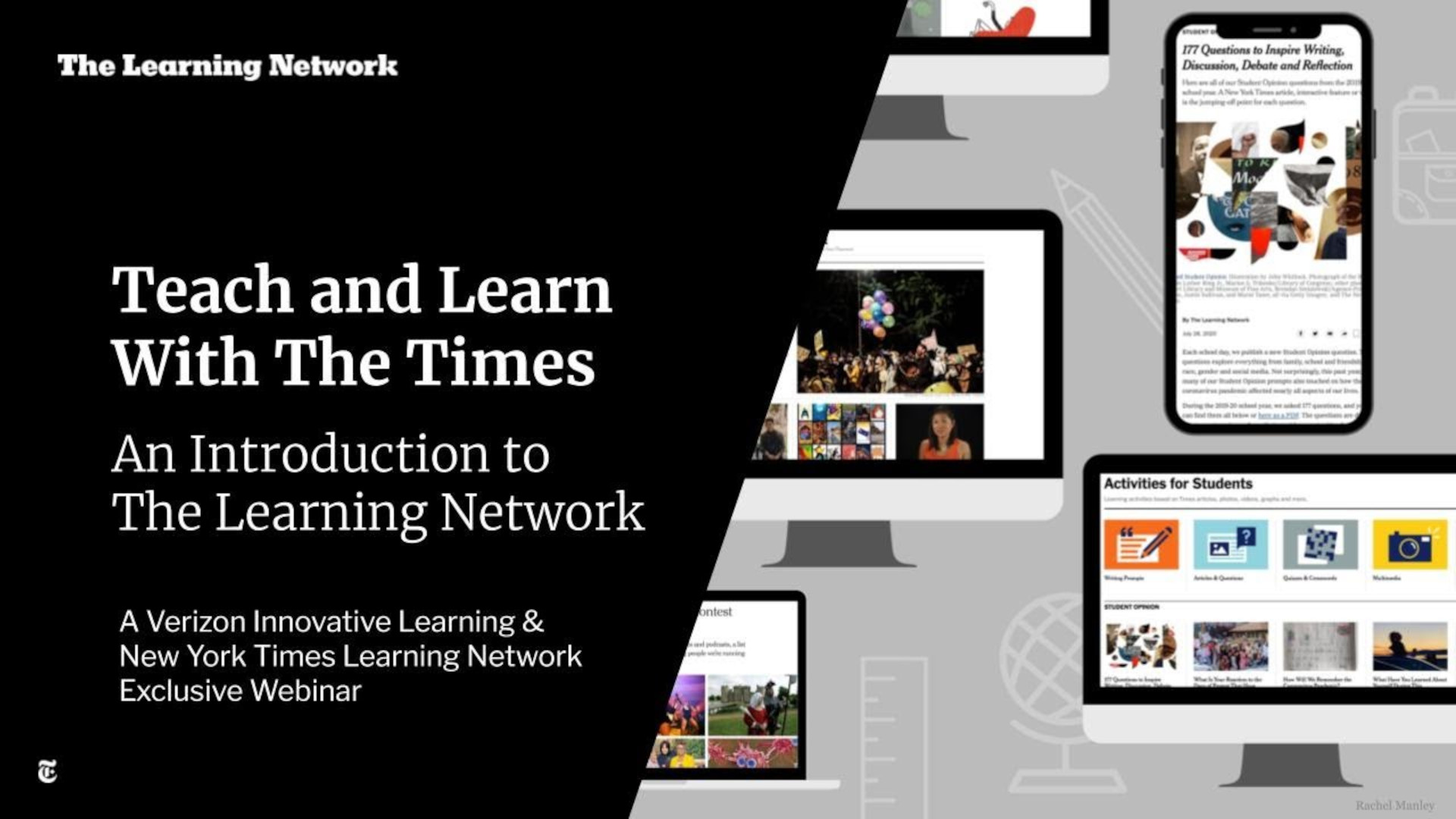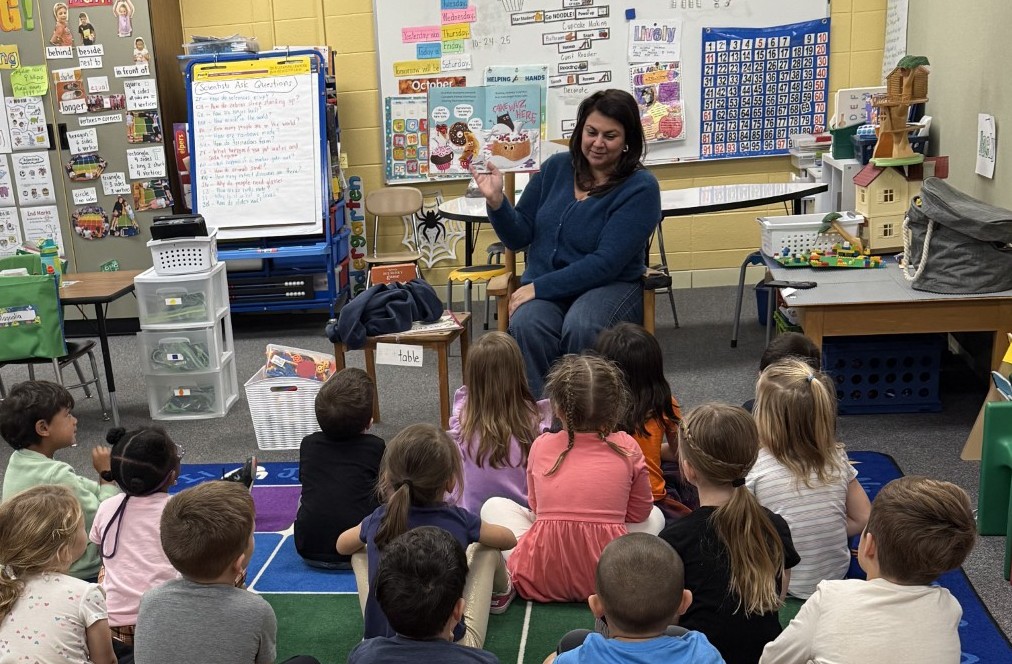The Learning Network: How To Use It To Teach
The Learning Network offers news-based stories for education-specific use

The Learning Network is a subsection of The New York Times website that offers stories organized specifically for education purposes.
The idea is to offer a selection of learning resources for teachers that can be used as part of an educational exploration beyond the usual set of tools.
From lesson plans and writing prompts to quizzes and videos, there is plenty of different types of tools available to help teach across subject areas.
Since this is all online already, it makes for easy access from nearly any device, in class and beyond. This guide aims to lay out all you need to know about The Learning Network for educational use.
What is The Learning Network?
The Learning Network is a selection of information resources organized in a way to make them useful for teachers in an education scenario.

The Learning Network is a subsection of The New York Times so it comprises lots of stories already on the website, but also features those more specifically connected to teaching. In either case it is organized into sections that can make it easier for teachers to get what they need for presenting a certain subject or topic -- or indeed to simply try something new.
Since this is a powerful current news media outlet you can expect the content to be updated regularly, to have relevant features, to be factually accurate, and to generally be of the highest quality.
Tools and ideas to transform education. Sign up below.
This platform is a powerful place to build reading, writing, and critical thinking skills for a range of ages.
How does The Learning Network work?
The Learning Network is available online and can be accessed immediately without the need to sign up or pay.

The Learning Network offers timely features and news stories right on the landing page. A selection of navigation options designed to make finding resources easier for educators is also available.
Educator-relevant sections on the site include: "How to use this site," "Lessons Plans," "Writing Prompts," "Quizzes and Vocabulary," "Photos, graphs and videos," and "Contests." Considering this is all free, that's a lot of resources available right there.
The search bar is particularly useful, which is ideal if you want to find articles on a specific subject or topic immediately.
What are the best Learning Network features?
The Learning Network is laid out like a standard news website, making it easy to navigate but also helpful to teach students how to find resources on this and any news website.

The Learning Network offers training for teachers, in the form of live and on-demand webinars, which help guide them into ways the many resources can be used to teach classes. Tools such as a lesson of the day and an archive of previous lessons make for quick and easy ways to use this website's resources while saving time. It can also be a great way to have students access the site on their own time.
The student opinion blog is a useful area, allowing anyone over the age of 13 to voice their opinions on a variety of subjects. This is typically laid out so as to comment directly on the news of the day being shared.
The accessible activities, helpful writing prompts, quizzes, and contests all add to the deep variety of useful resources this website offers.
How much does The Learning Network cost?
The Learning Network is a free to use resource provided by The New York Times. It is a free offering but comes from a news organization that works on a subscription basis, so if you want to make a contribution this is easily done.
The Learning Network best tips and tricks
Start the day
Tap into this news resource to start the lesson or day with a timely story that can spark debate or frame the day in current affairs.
Word of the day
Use the word of the day section to teach a new word and to explore its meanings and links to what might be happening in class that day.
Get visual
Share the images and videos to talk as a group about what's going on in the images and how they feel about what they're seeing.
Luke Edwards is a freelance writer and editor with more than two decades of experience covering tech, science, and health. He writes for many publications covering health tech, software and apps, digital teaching tools, VPNs, TV, audio, smart home, antivirus, broadband, smartphones, cars and much more.
